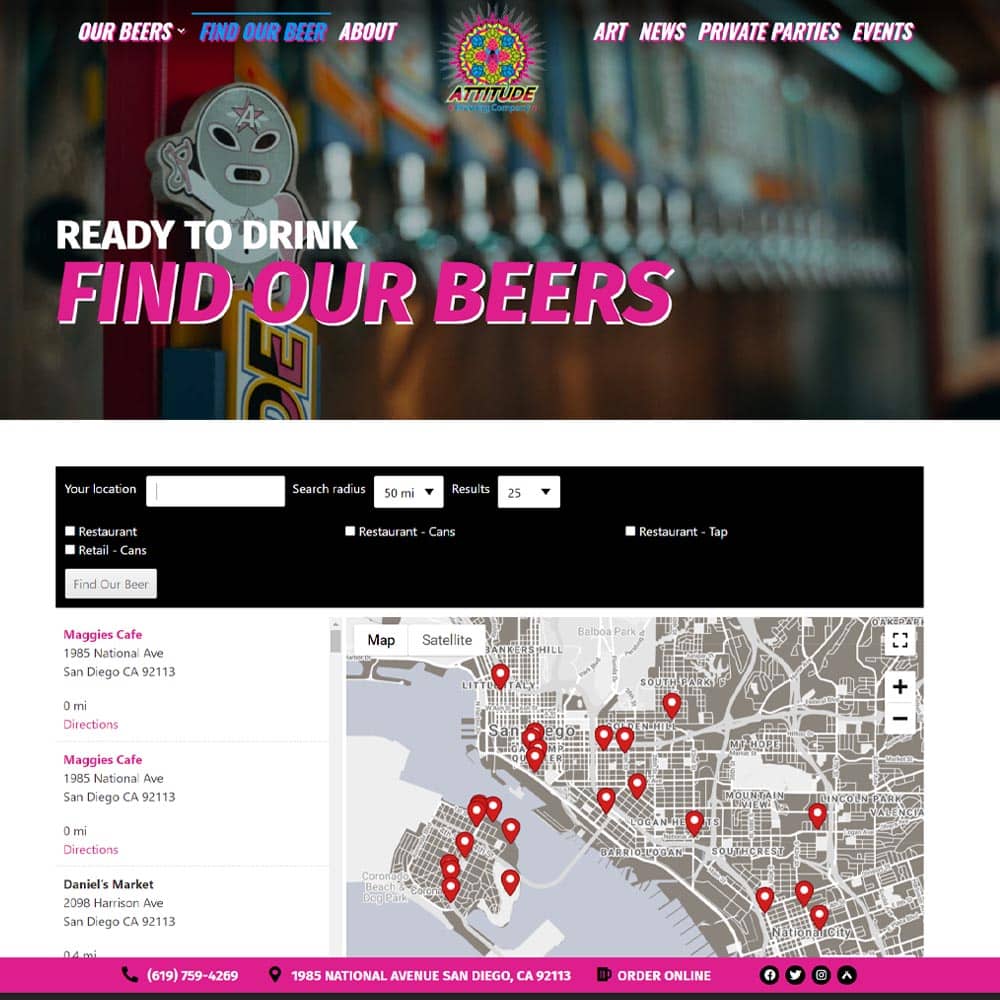In an age of digital connectivity users want results, and they want results fast. Within this framework Google is playing an epic game of King of the Mountain, and no one is poised to knock them off that mountain anytime soon. While Google has their hands in a lot of cookie jars, their predominant core functionality still revolves around their ability to take a user supplied query and return the most relevant results in the blink of an eye. We’re going to dissect it in more detail, but the keyword that needs to be circled, italicized, bolded, highlighted above is ‘relevant’.
 For a hyper local business owner that is already the accountant, HR, customer service rep, salesman, etc – it is critical that they add Google buff to that list to make sure they position themselves to be relevant for the users that are searching for their products or services. Yes, there are other search engines, but Google still holds a 72% search engine market share – so when time is tight you can find the most benefit, and highest ROI, by focusing your efforts on making sure you represent your business with the right content and on the right mediums to become relevant. Trying to understand the terminology used when discussing the algorithm Google uses for its search engine can cause many to have nightmarish flash backs to vocabulary prep courses for the SAT. So were going to keep it simple and look at the three things that a hyper local business needs to master to become, and stay, relevant.
For a hyper local business owner that is already the accountant, HR, customer service rep, salesman, etc – it is critical that they add Google buff to that list to make sure they position themselves to be relevant for the users that are searching for their products or services. Yes, there are other search engines, but Google still holds a 72% search engine market share – so when time is tight you can find the most benefit, and highest ROI, by focusing your efforts on making sure you represent your business with the right content and on the right mediums to become relevant. Trying to understand the terminology used when discussing the algorithm Google uses for its search engine can cause many to have nightmarish flash backs to vocabulary prep courses for the SAT. So were going to keep it simple and look at the three things that a hyper local business needs to master to become, and stay, relevant.
Content is King
Forget all the high tech terms, forget all the web mumbo jumbo and remember this simple three worded statement: CONTENT IS KING. If you truly embrace this you will put yourself in a position to succeed in the web space where so many hyper local businesses fail. There are hundreds of solutions out there to help hyper local businesses become relevant on the web, but they will all fail if they aren’t supported with engaging, concise, and consistent content. The days of keyword stuffing and link building are dead, but organic SEO is still very much alive, and by creating a site that focuses on the core services and products of your business then the more likely you will be returned in results when users are looking for your type of business or service. Take the time to really think about your business and how people talk about your business and give all of that great content to the builders who are creating and maintaining your web presence. If you want to really go next level on content then take a look at keeping an active blog on the site that speaks to consumer issues and wants to only enhance yourself as an authority within your business’s vertical.
Get Social
If you have amazing content on your site about your business it is more important than ever to make sure that you get involved in Social Media. For most hyper local businesses it is quintessential that you have at least one account set up with the big players – Facebook, Google+, Twitter, and/or LinkedIn, preferably an account for all of them. By having your own account on these sites it gives you the ability to share the content of your site to a community of users that might not have come across it otherwise. It is also necessary that on your site you create the ability for users to be able to share your content when they want to across all of the aforementioned sites. If you provide high quality and industry/user specific content then people will naturally want to share your site, and this helps promote overall organic activity around your brand. When Google sees this type of activity around a brand name they will associate your brand with being an authority in the space and your site is that much more likely to be served in the search results for users to digest.
Mobile First
Many of today’s consumers are on the go and aren’t necessarily looking for businesses while they’re at home at night, but rather when they’re on their phone out and about. It is no longer efficient to build a site intended for desktop use and then retroactively work towards creating a mobile presence. In an age where time is the most valued commodity, a great way to make sure you have a site that is mobile optimized and still serves its purpose in a desktop environment, while minimizing upkeep time, is to make sure that you’re site is built in a responsive design. A responsive design is Google’s recommended configuration for a site build as in the most basic sense it just means you have one URL that uses the same code and changes it look to the consumer based on the screen size of the device they are using. More importantly having a single responsive site makes it easier than ever for the Google bots to read and index your site content, and when Google can read your site correctly you position yourself to succeed.
This is by no means the Holy Grail to solving the enigma, wrapped inside a mystery, that is the algorithm used to support Google’s search engine; however, it does give you some very rock solid first steps to position yourself ahead of your competition in a readily changing environment by just staying relevant.
 Lynn Hughes is the Product Manager at PowerSites®, an all inclusive website-hosting, creation, and marketing solution that helps local businesses establish their brand, drive leads, and track success. PowerSites® is a leading resource in print, online and mobile for hyperlocal advertising, and brand management with our Business Directory Listings.
Lynn Hughes is the Product Manager at PowerSites®, an all inclusive website-hosting, creation, and marketing solution that helps local businesses establish their brand, drive leads, and track success. PowerSites® is a leading resource in print, online and mobile for hyperlocal advertising, and brand management with our Business Directory Listings.







